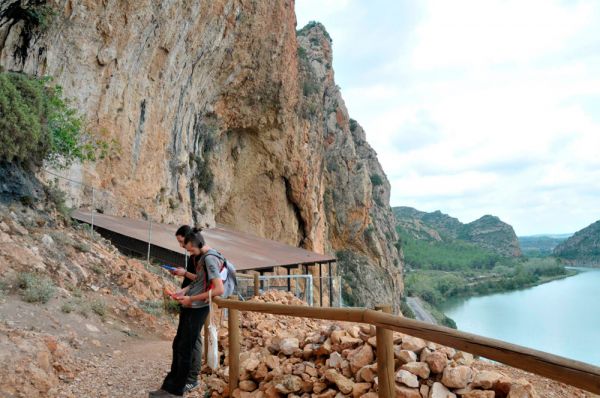
The archaeological site of Roca dels Bous is now a Cultural Asset of National Interest
The archaeological area of Roca dels Bous in Camarasa (Noguera), is a key site for the study of Neanderthal man who lived in the north-east of the Iberian Peninsula for over 50,000 years.
Located on the right bank of the Segre River, just over a kilometre from Sant Llorenç de Montgai, the settlement has become, from this week, a Cultural Asset of National Interest in the category of archaeological areas. The Declaration, made by the Government, sets out the basic criteria which operations in the area will follow. It guarantees its preservation and strengthens the future educational project on prehistory that the Experimental Archaeological Teaching Park of Sant Llorenç de Montgai will run.
The researchers claim that the Iberian Peninsula was the last "refuge" for the European Neanderthals, who were being replaced by modern humans. It is believed that the latter (homo sapiens) came to Europe from the Eastern Mediterranean and quickly spread throughout the continent.
50,000 years ago, groups of Neanderthal hunter-gatherers and modern humans lived side-by-side in the Pyrenees. Critical changes in their livelihood, in social organisation, a cooler climate and a poor ability to adapt to these changes have been offered as causes for their extinction.
Roca dels Bous is an archaeological site from the Middle Palaeolithic period located in Sant Llorenç de Montgai. The research project was started in 1988 and has brought a high level of knowledge about this important moment in history. The archaeological site is characterised by the use of innovative technology both in the scientific study and in the dissemination of findings to the public. It has also been one of the first places from the Middle Palaeolithic period of Spain to be open to visitors and to have an education programme for schoolchildren.